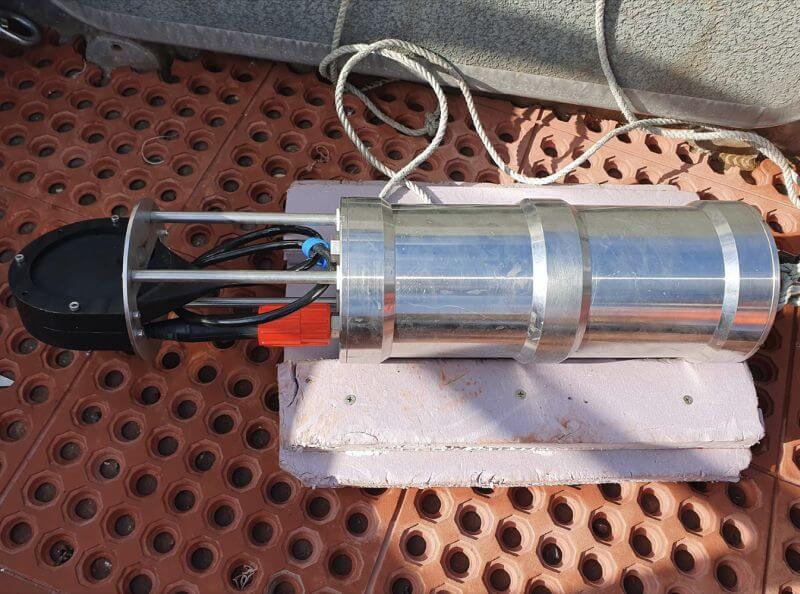Target-specific acoustic predator deterrence in the marine environment
Abstract: Target-specific acoustic predator deterrence in the marine environment
ABSTRACT: Acoustic deterrent devices (ADDs) have often been considered a benign solution to managing pinniped predation. However, ADDs have also been highlighted as a conservation concern since they can inflict large-scale habitat exclusion in toothed whales (odontocetes). We tested a new method that selectively inflicted startle responses in harbour seals (Phoca vitulina) at close ranges to the loudspeaker but not in a non-target species, the harbour porpoise (Phocoena phocoena), by using a frequency range where porpoise hearing was less sensitive than that of phocid seals. The sound exposure consisted of isolated 200 ms long, 2–3 octave-band noise pulses with a peak frequency of 1 kHz, which were presented at a source level of ∼180 dB re 1 Pa. Field tests were carried out within a 2-month period on a fish farm on the west coast of Scotland where marine mammal behaviour was observed within three distance categories. Seal numbers dropped sharply during sound exposure compared with control observation periods within 250 m of the sound source but were unaffected at distances further away from the farm. A Poisson regression model revealed that the number of seal tracks within 250 m of the device decreased by ∼91% during sound exposure and was primarily influenced by sound exposure with no evidence for a change in the effect of treatment such as habituation, throughout the experiment. In contrast to seals, there was no shift in the number of porpoise groups in each distance category as a result of sound exposure and porpoises were regularly seen close to the device. We also sighted six common Minke whales during sound exposure while only one was seen during control periods.
 Go Back
Go Back














